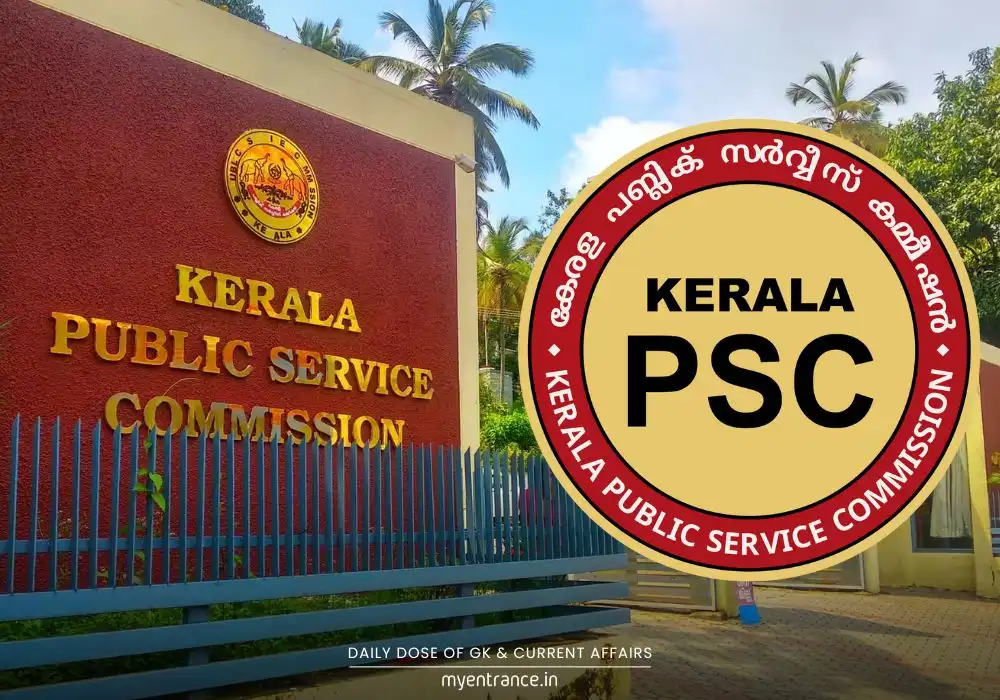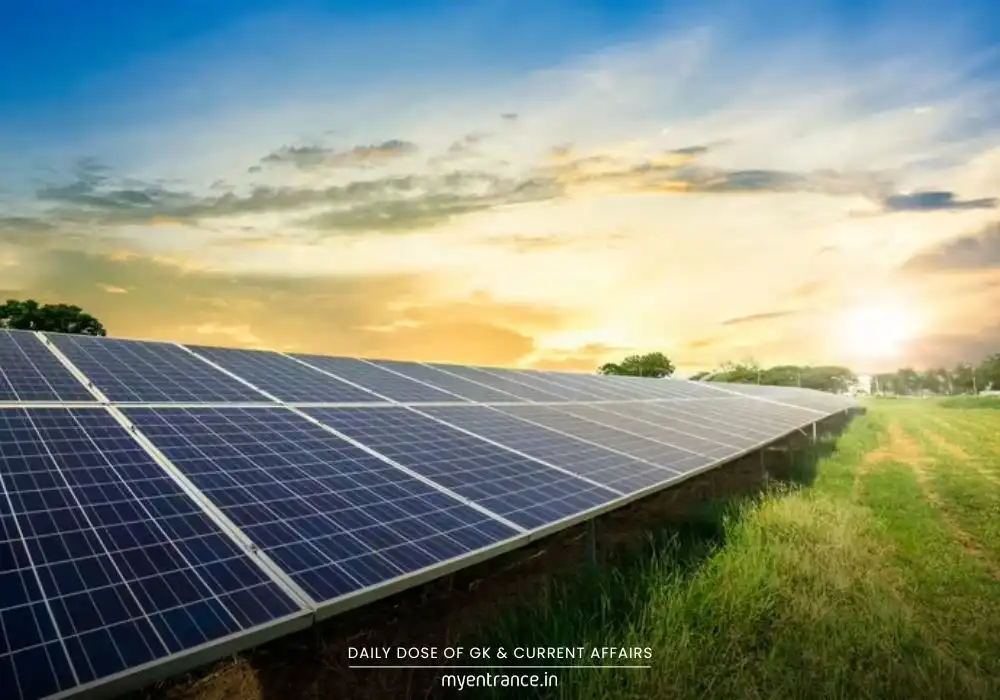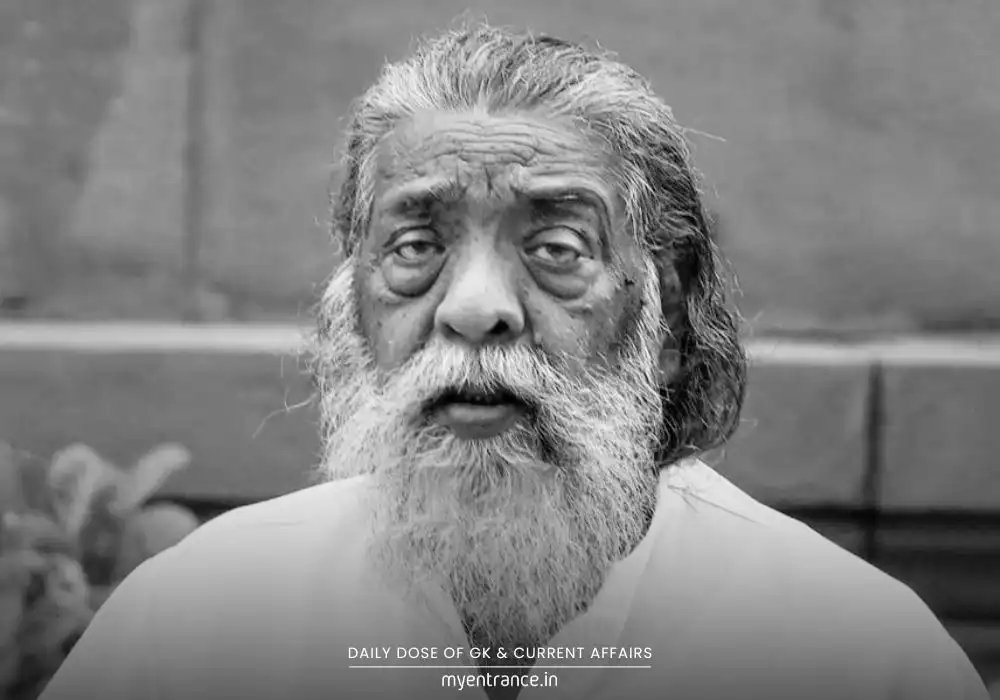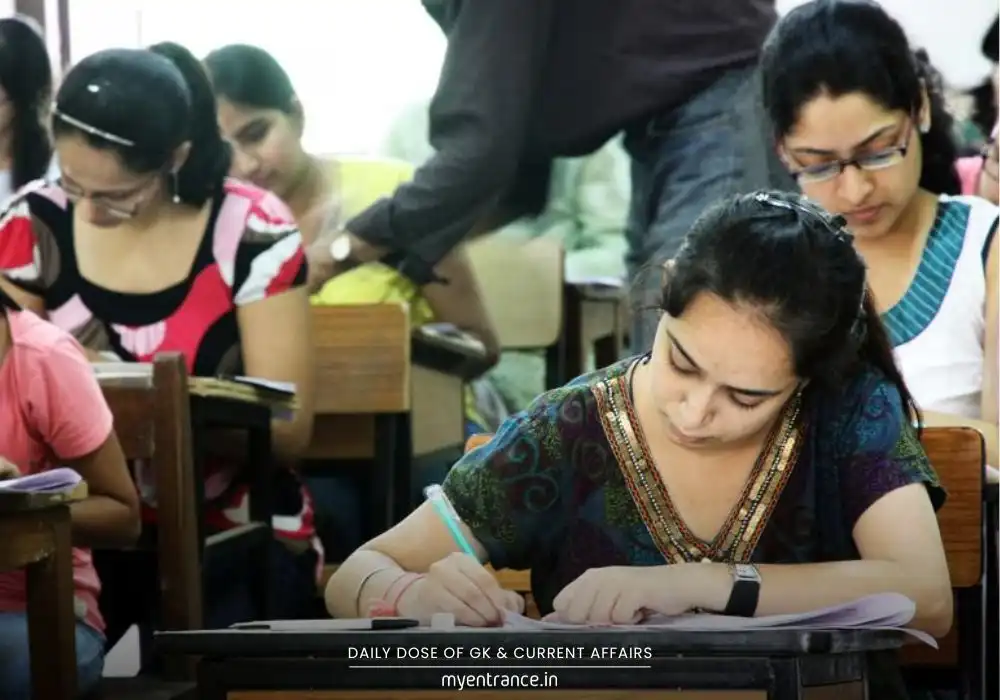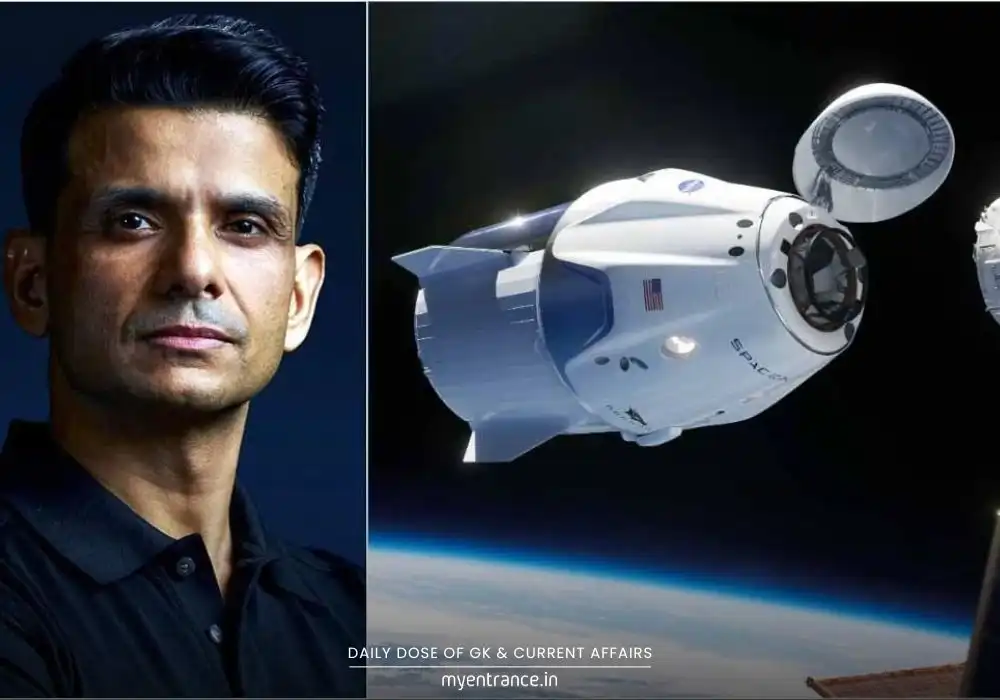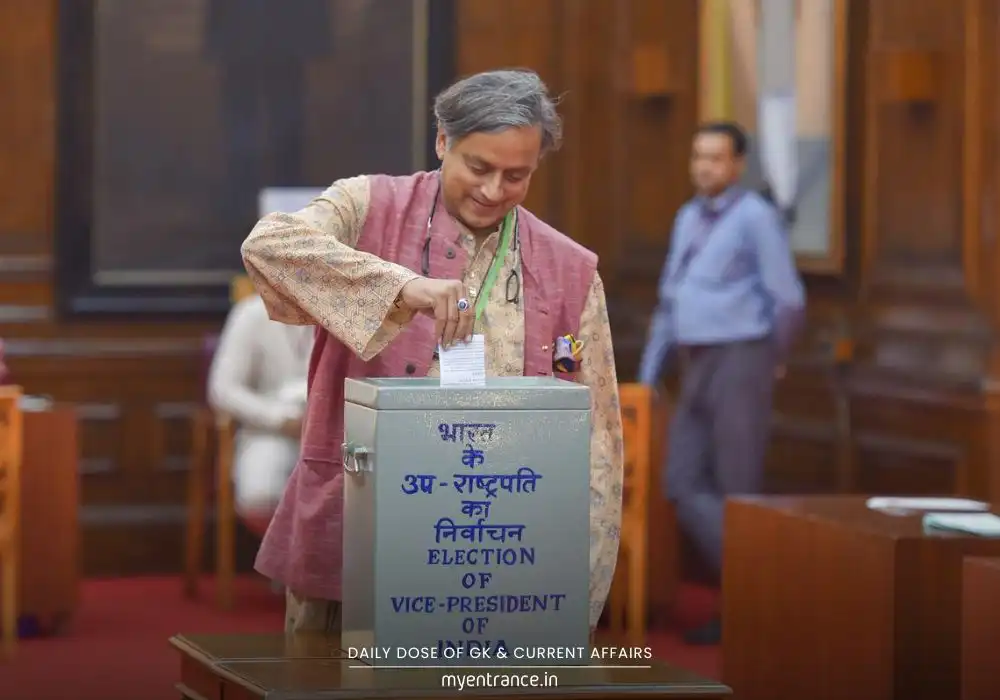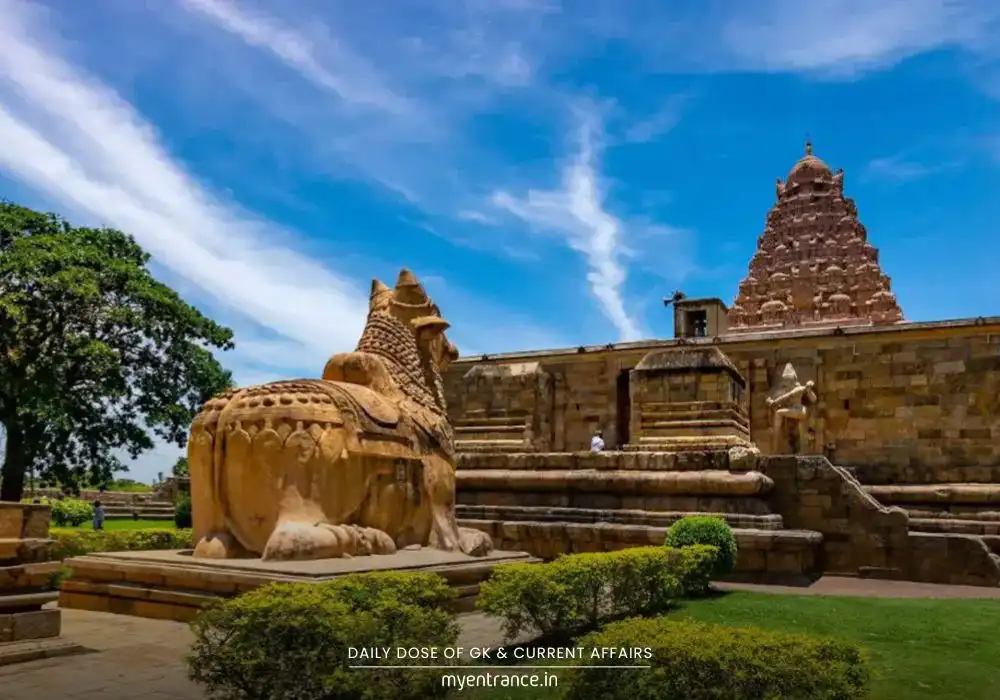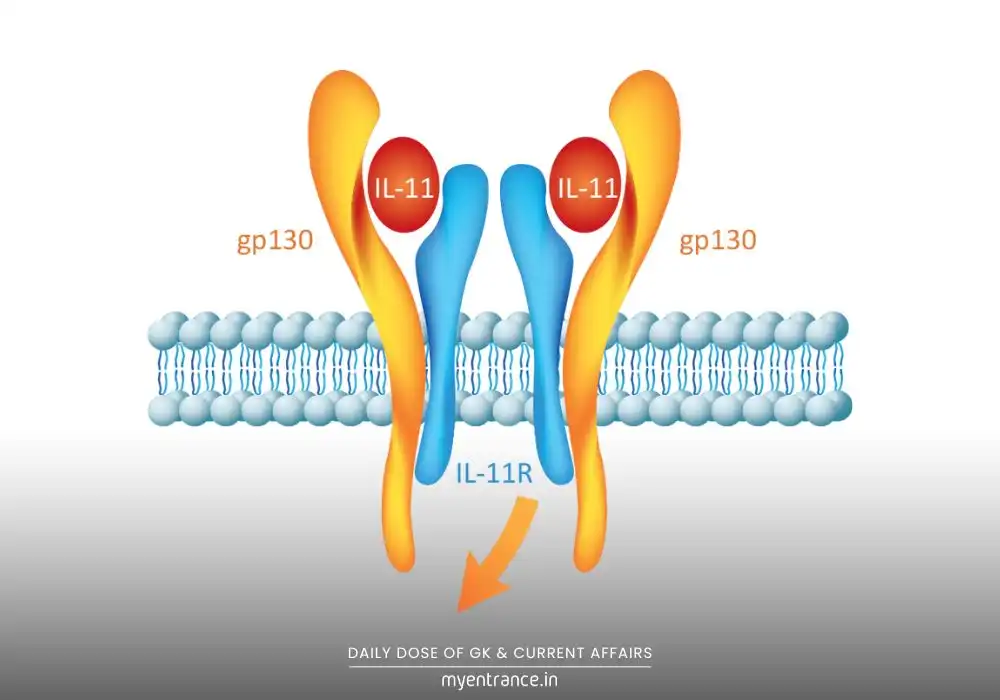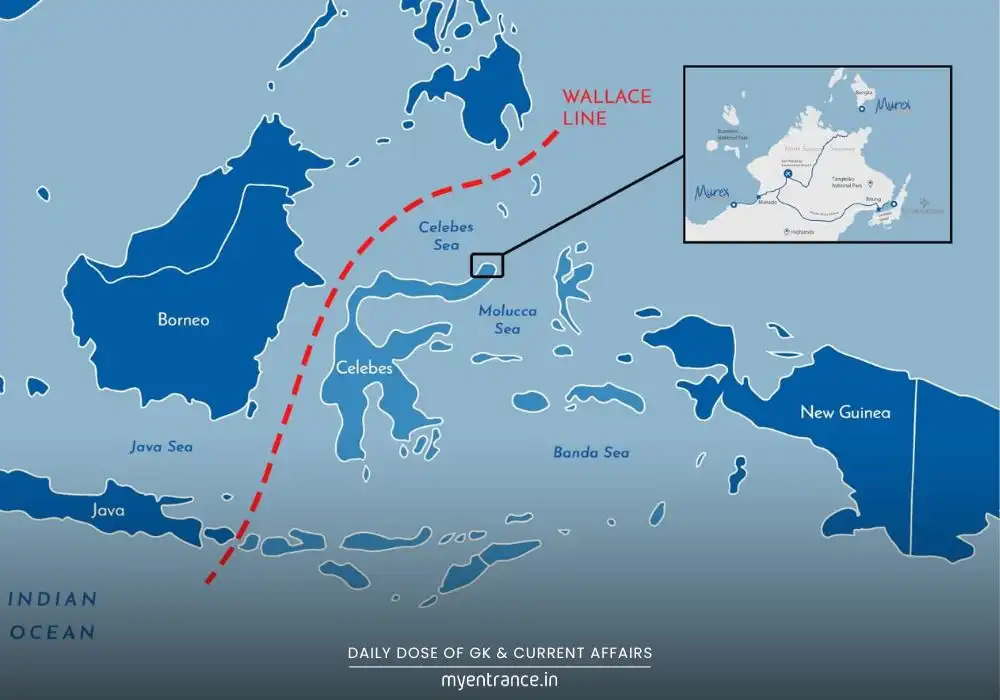Translate Language
Daily Current Affairs Quiz and Key Pointers: 04-08-2025
Today’s current affairs roundup includes India’s next-gen Project Kusha air defence system, its rise as the 3rd largest solar power producer, and the fascinating Wallace Line dividing ecosystems. We also explore India’s 3nm semiconductor breakthrough, the Vice President’s election process, ISRO’s role in the Axiom-4 mission, the herbicide market boom, tribal leader Shibu Soren’s legacy, energy security reforms, Kerala PSC’s hiring spree, and SSC’s transparency move for non-recommended candidates.

1. Project Kusha: India’s Cutting-Edge Air Defence Shield
India is developing Project Kusha, a next-generation air defence system to counter aerial threats, including drones and stealth aircraft. Designed by DRDO, it will integrate long-range missiles and radar systems, enhancing India’s deterrence against China and Pakistan.
Key Facts:
Range: Up to 350 km, comparable to Israel’s Iron Dome.
Layered Defence: Targets aircraft, missiles, and UAVs at different altitudes.
Indigenous Push: Part of India’s Atmanirbhar Bharat initiative.
Q&A:
Q: What is the range of Project Kusha?
A: Up to 350 km.
Q: Which organization is developing Project Kusha?
A: DRDO.
Q: How does Project Kusha strengthen India’s defence?
A: By countering drones, missiles, and stealth aircraft.
Read More
2. India Becomes 3rd Largest Solar Power Producer – Key Insights
India has surpassed Japan to become the world’s 3rd largest solar power producer, reinforcing its commitment to renewable energy. With ambitious projects like Solar Parks and PM Surya Ghar Yojana, the country aims for 500 GW renewable capacity by 2030.
Key Facts:
Current Capacity: Over 82 GW solar power.
Top States: Rajasthan, Gujarat, Karnataka.
Global Rank: Behind only China and the US.
Q&A:
Q: Which country is the largest solar power producer?
A: China.
Q: What is India’s solar power capacity?
A: Over 82 GW.
Q: Which state leads in solar energy production?
A: Rajasthan.
Read More
3. The Wallace Line: Nature’s Evolutionary Boundary
The Wallace Line is an invisible divide separating Asian and Australian wildlife, discovered by Alfred Russel Wallace. Species like tigers and monkeys exist west of the line, while marsupials dominate the east, offering clues to evolution and plate tectonics.
Key Facts:
Location: Between Borneo and Sulawesi, Bali and Lombok.
Significance: Explains biodiversity differences in Indonesia.
Scientific Impact: Influenced Darwin’s evolution theory.
Q&A:
Q: Who discovered the Wallace Line?
A: Alfred Russel Wallace.
Q: Which animals are found west of the Wallace Line?
A: Tigers, monkeys, and elephants.
Q: Why is the Wallace Line important?
A: It explains regional biodiversity variations.
Read More
4. India’s 3nm Chip Breakthrough: A Giant Leap for Tech & Exams
India has achieved a major milestone in semiconductor technology with its 3nm (nanometer) chip breakthrough, positioning itself as a key player in advanced electronics manufacturing. This development is crucial for reducing reliance on imports and boosting Make in India in the tech sector.
Key Highlights:
Significance: 3nm chips are faster, more efficient, and power next-gen devices like AI systems and smartphones.
Global Impact: Only a few countries (Taiwan, South Korea, USA) have this capability.
Exam Relevance: Likely topic for UPSC, SSC, and engineering exams under science & tech.
Q&A for Quick Revision:
Q: What is the significance of 3nm chips?
A: They offer higher speed, lower power consumption, and are used in advanced tech like AI.
Q: Which countries currently produce 3nm chips?
A: Taiwan (TSMC), South Korea (Samsung), and the USA (Intel).
Q: How does this help India’s tech industry?
A: Reduces dependency on imports and strengthens domestic semiconductor manufacturing.
Read More
5. Vice President Election Process: Powers & Exam Hotspots
The Vice President of India is elected indirectly by an Electoral College comprising members of both Rajya Sabha and Lok Sabha. Unlike the President, the VP’s role is largely ceremonial but includes presiding over Rajya Sabha.
Must-Know Facts:
Election Method: Single transferable vote system (proportional representation).
Term: 5 years, no term limits (unlike the President’s two-term cap).
Key Powers: Acts as President in their absence, chairs Rajya Sabha debates.
Q&A for Competitive Exams:
Q: Who elects the Vice President of India?
A: An Electoral College of Rajya Sabha and Lok Sabha members.
Q: Can the Vice President serve more than two terms?
A: Yes, there’s no constitutional limit.
Q: What is the VP’s primary legislative role?
A: Presiding over Rajya Sabha proceedings.
Read More
6. ISRO’s Critical Role in Saving Axiom-4 Mission
ISRO played a pivotal role in troubleshooting a critical oxygen leak during the Axiom-4 mission, ensuring the safe return of astronauts. This highlights India’s growing expertise in space emergencies and collaboration with global agencies.
Key Takeaways:
Incident: A malfunction in the oxidizer system threatened the mission.
ISRO’s Fix: Real-time monitoring and adjustments prevented disaster.
Exam Relevance: Important for UPSC (Science & Tech) and SSC (General Awareness).
Quick Quiz:
Q: What was the issue in the Axiom-4 mission?
A: An oxygen leak and oxidizer system crack.
Q: How did ISRO contribute?
A: By providing real-time technical support to stabilize the spacecraft.
Q: Why is this significant for India’s space reputation?
A: Proves India’s capability in handling international space missions.
Read More
7. India’s Herbicide Boom: What’s Fueling the Pesticide Market?
India’s herbicide market is expanding rapidly due to rising agricultural demand and government subsidies. Key players like UPL and Bayer dominate, but concerns over environmental impact persist.
Why It Matters for Exams?
Growth Drivers: Increased farming, GM crops, and export demand.
Challenges: Soil degradation and health risks.
Govt. Schemes: Subsidies under PM-KISAN and Paramparagat Krishi Vikas Yojana (PKVY).
Q&A for Quick Recall:
Q: What is driving India’s herbicide market growth?
A: Rising agricultural demand and government subsidies.
Q: Name two major herbicide companies in India.
A: UPL and Bayer.
Q: What are the environmental concerns with herbicides?
A: Soil degradation and water contamination.
Read More
8. Shibu Soren: The Tribal Leader Who Shaped Jharkhand’s Destiny
Known as “Guruji”, Shibu Soren was instrumental in the Jharkhand statehood movement, fighting for tribal rights and social justice. His journey from a coal miner to a three-time Chief Minister makes him a key figure in modern Indian politics.
Key Contributions:
Jharkhand Mukti Morcha (JMM): Founded in 1972 to advocate for tribal autonomy.
Landmark Achievement: Played a pivotal role in Jharkhand’s formation in 2000.
Legacy: Championed forest rights and anti-displacement laws for Adivasis.
Q&A for Quick Revision:
Q: Which political party did Shibu Soren establish?
A: Jharkhand Mukti Morcha (JMM).
Q: When was Jharkhand officially formed as a state?
A: 15 November 2000.
Q: Why is Shibu Soren called “Guruji”?
A: Due to his grassroots leadership and role as a mentor to tribal communities.
Read More
9. India’s Energy Security Overhaul: Why Regulatory Reforms Are Crucial
India is restructuring its energy policies to reduce dependency on imports and boost renewable adoption. The focus is on streamlining regulations, attracting private investment, and ensuring sustainable power for future growth.
Key Reforms in Progress:
Electricity Amendment Bill 2024: Aims to privatize distribution and cut losses.
Green Hydrogen Mission: ₹19,744 crore push for clean fuel alternatives.
Coal Sector Modernization: Increasing efficiency while transitioning to renewables.
Q&A for Competitive Exams:
Q: What is the goal of India’s Green Hydrogen Mission?
A: To establish India as a global leader in clean hydrogen production.
Q: Which bill proposes privatization in power distribution?
A: Electricity Amendment Bill 2024.
Q: Why is energy security vital for India?
A: To reduce import reliance and ensure stable, affordable power supply.
Read More
10. Kerala PSC’s Historic Hiring Spree: 3 Lakh Jobs by 2025
The Kerala Public Service Commission (PSC) is set to fill 3 lakh vacancies by 2025, the largest recruitment drive in its history. This includes roles in education, healthcare, and civil services, offering massive opportunities for aspirants.
Breakdown of Opportunities:
Teaching Posts: Over 80,000 vacancies for school & college lecturers.
Medical Sector: 25,000+ jobs for nurses, pharmacists, and lab technicians.
Last-Minute Tip: Focus on Kerala-specific syllabus and previous year papers.
Q&A for Kerala PSC Aspirants:
Q: How many jobs is Kerala PSC aiming to fill by 2025?
A: 3 lakh (300,000).
Q: Which sector has the highest number of vacancies?
A: Education (teaching roles dominate).
Q: What should aspirants prioritize in preparation?
A: Kerala-state syllabus and past question trends.
Read More
11. SSC’s Transparency Move: Non-Recommended Candidates’ Data Public from Nov 2024
The Staff Selection Commission (SSC) will disclose marks and rankings of non-recommended candidates from November 2024, ensuring transparency and helping aspirants analyze their performance.
Why This Matters?
Self-Evaluation: Candidates can identify weak areas for future attempts.
Reduced RTI Queries: Automated data access minimizes bureaucratic delays.
Fairness: Prevents arbitrariness in final selections.
Q&A for SSC Aspirants:
Q: What data will SSC make public for non-selected candidates?
A: Marks, cutoffs, and rank details.
Q: When does this rule come into effect?
A: November 2024.
Q: How does this help job seekers?
A: By providing clarity on where they need improvement.
Read More
Get 3 Months Free Access for SSC, PSC, NIFT & NID
Boost your exam prep!
Use offer code WELCOME28 to get 3 months free subscription. Start preparing today!

